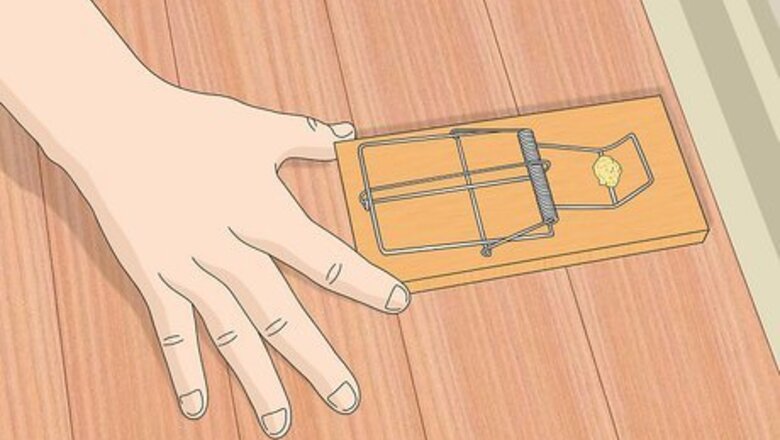
views
- Set snap traps and bait traps to kill rats outside quickly. Place the traps along walls where you’ve seen rats and check them regularly.
- Eliminate hiding places, like yard debris, wood piles, and overgrown plants, so rats are less likely to stay in your yard.
- Get rid of food and water sources, such as open garbage, bagged pet food, and leaky pipes, so rats don’t have anything to eat or drink.
Set snap traps to kill the rats.

Snap traps kill rats instantly once they’re set off. Place snap traps along walls where you’ve seen rats or their droppings, which look like small black grains of rice. Start by placing the trap and bait, like peanut butter or raisins, out without setting the trap so the rats get used to eating from it. After a few days, set the traps so they go off the next time a rat eats off them. Snap traps are the most humane way to kill rats since it’s instant and pain-free. Check and empty the snap traps every day. If they’re set off, place new traps in the same area to catch any other rats still in your yard. Keep your pets away from snap traps so they don’t accidentally get hurt.
Lay bait traps to poison the rats.
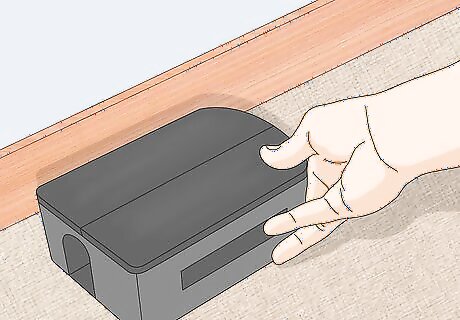
Rats will bring the bait back to eradicate their colonies. Bait traps contain a rodenticide poison that will slowly kill rats within 10 days of them eating it. Make sure you get a bait with a low dose of toxicity so the rat has time to go back and spread it to its colony. Set the bait traps along walls or along trails where you’ve seen rats walking. Check the bait trap every few days and refill it once all the bait has been eaten. Leave your bait traps out for at least 2 weeks after you see a rat in your yard to make sure you’ve completely gotten rid of them. Keep bait traps away from children and pets since they are poisonous. Avoid using any glue traps since they’re the least humane and it could make the rat suffer before it dies.
Clean up piles of debris in your yard.
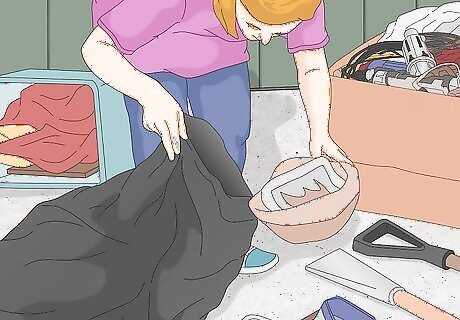
Rats could make their homes in cluttered outdoor areas. Go through your property and organize any areas that are messy or have a lot of clutter. Throw away any old trash or debris, put away any gardening supplies, and organize wood piles so rats have fewer hiding places. Stack firewood 12 inches (30 cm) off the ground to prevent rats from getting into it.
Trim tall grass and overgrown plants.
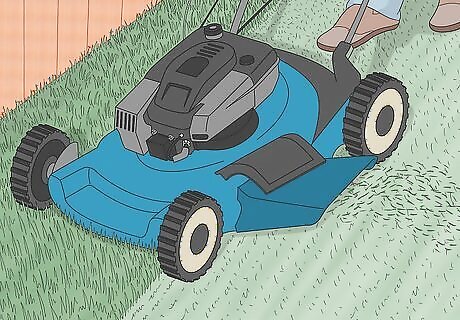
Thick vegetation is a perfect hiding spot for rats. If your lawn is starting to get a little on the long side, mow your grass to stop the rats from building a nest. Keep your plants about 2 feet (61 cm) away from your home as well so rats are less likely to find their way inside. Look for tree branches that hang over your roof and trim them to stop roof rats from getting in. Try growing spearmint, mint, or citronella since they have strong odors that may deter rats.
Put garbage in trash cans with tight lids.

Rats will go through your trash for food if you leave it out. Rats love the smell of garbage when they’re out searching for food, so an open container will draw them to your yard. Tie off all of the garbage bags so they’re sealed before tossing them in your trash can. Hard plastic or metal trash cans will offer the best protection once you put on the lid so rats won’t be able to smell the garbage or get inside. Check your garbage cans periodically for any holes or damage where rats could still get inside. Store your trash cans away from your home to help keep rats from getting inside. If you need to get rats out of your compost, store it in a metal or plastic bin as well.
Store pet food in sealed containers or indoors.

Rats are drawn to open food sources if you leave them outside. Even if you roll and seal a bag of pet food, a rat can still smell it. If you normally store your pet’s food outside, transfer it into a container that has a lid and a tight seal. Otherwise, bring it indoors so it’s less likely that rats will be able to detect it. If you’ve also seen rats in your home, they’ll still be able to smell bagged pet food inside. Pour the food into an air-tight container to get rid of the rats.
Get rid of open water sources.
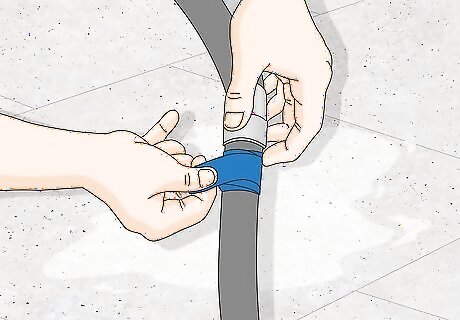
Rats will stick around places where they can easily drink. Check outside for any leaky pipes, irrigation lines, or hose connections, and repair them as soon as possible. Dump out any pet water bowls, and cover any pools or other water sources that you have in your yard so rats aren’t as attracted to the area. If you have low spots in your yard where water puddles up, fill them in with dirt.
Get rid of fruit, nuts, and seeds on the ground.

Fresh fruit, nuts, and seeds are natural food sources for rats. If you’re dealing with rats in a garden or are growing a fruit tree, make sure to pick your fruits and veggies as soon as they’re ripe. If you notice any seeds, acorns, tree nuts, or fallen fruit, clean them up as soon as you can to stop rats from feeding on them. You probably won’t be able to find all of the fallen seeds, but even getting rid of the ones you notice will help you get rid of rats in your backyard.
Hang bird feeders where rats can’t reach them.

Rats will try to reach the birdseed if they’re easily accessible. Position bird feeders on a post away from eaves or fences where rats could get to them. If you do have a bird feeder in a spot where rats might be able to climb onto it, install a baffle on the feeder so the rats slip off without reaching the food.
Set up nest boxes for birds of prey.

Owls and hawks are natural predators of rats. If you want an environmentally-friendly way to get rid of rats, position a nest box or perch in a nearby tree or on a post that’s large enough for owls, hawks, or falcons that are native to your area. Even if the bird of prey doesn’t hunt all of the rats, their presence will scare the rats away from the area. This works better in larger, open areas rather than dense cities since birds of prey will have more to hunt.
Wash away rat droppings.

Rats will return to areas if they can smell their droppings there. Rats communicate with their droppings and colonies are bound to return if they detect the scent. Use a broom to sweep up any droppings you see outside of your home and wipe up any dark greasy track marks. Then, disinfect and sanitize the area with a solution that’s 1 part bleach and 10 parts water.



















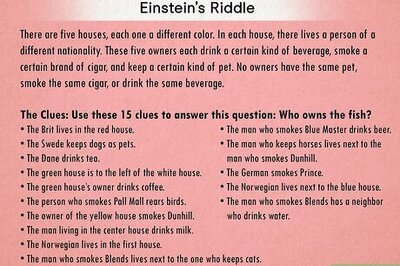
Comments
0 comment